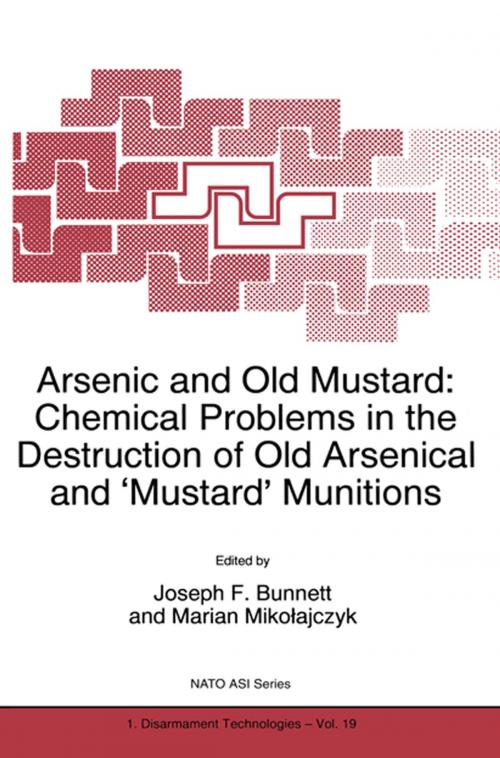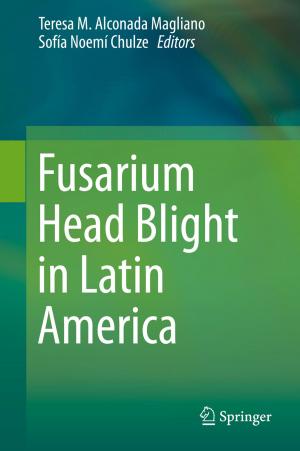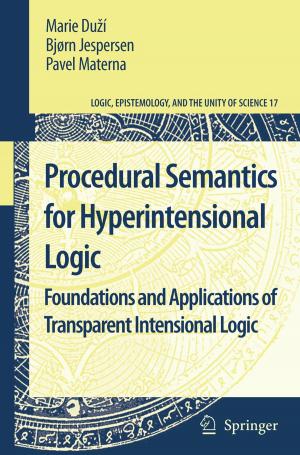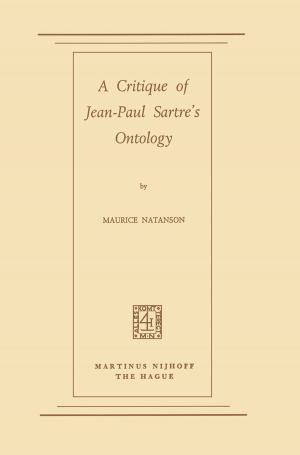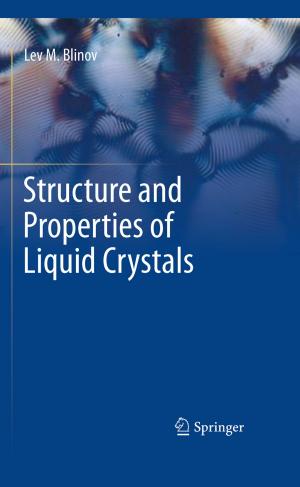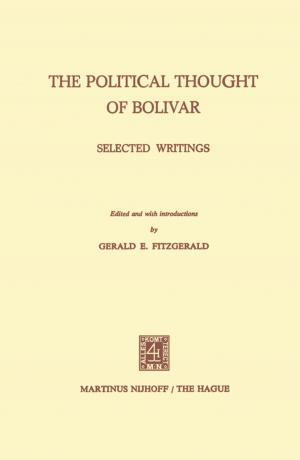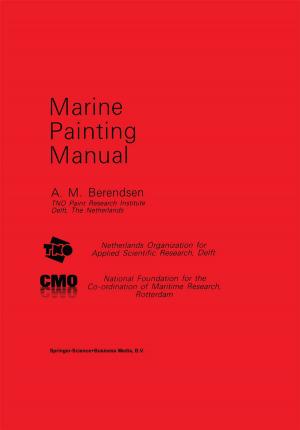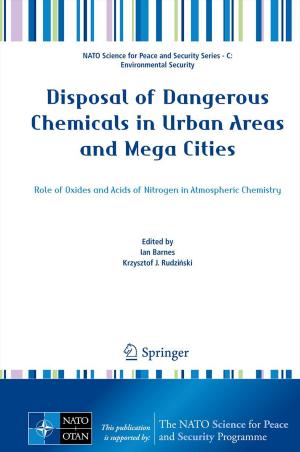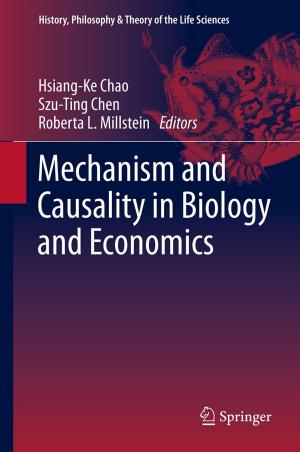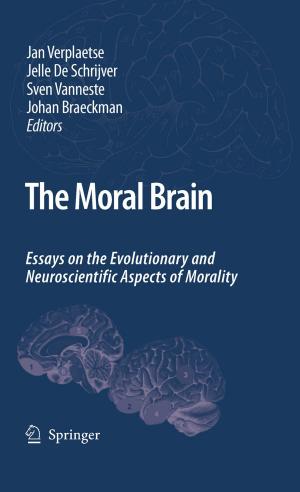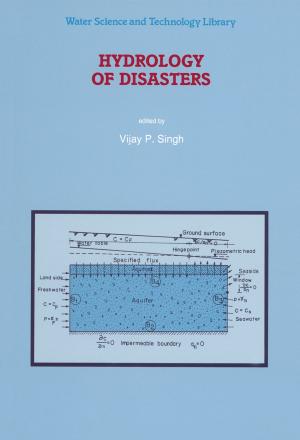Arsenic and Old Mustard: Chemical Problems in the Destruction of Old Arsenical and `Mustard' Munitions
Nonfiction, Science & Nature, Science, Chemistry, Inorganic, Organic| Author: | ISBN: | 9789401591157 | |
| Publisher: | Springer Netherlands | Publication: | November 11, 2013 |
| Imprint: | Springer | Language: | English |
| Author: | |
| ISBN: | 9789401591157 |
| Publisher: | Springer Netherlands |
| Publication: | November 11, 2013 |
| Imprint: | Springer |
| Language: | English |
More than ten million `poison gas' shells, mortar bombs, etc., lie hidden in Europe, many of them relics from World War I. Some were fired and failed to detonate, others were abandoned in old ammunition dumps. Most retain their load of chemical warfare (CW) agents. They are turned up daily in the course of farming and construction. Many European nations have permanent departments concerned with their collection and destruction.
Old munitions, when discovered, are usually heavily corroded and difficult to identify. Is it a CW munition? Or an explosive? If CW, what agent does it contain? Once identified, one has to select a destruction method. Some of the methods that have been proposed are less than perfect, and are often complicated by the presence of extraneous chemicals, either mixed with the CW agents during manufacture or formed over decades in the ground.
Of particular interest are the insiders' reports on the German CW programmes of both World Wars, and the current status of Russian chemical armaments.
More than ten million `poison gas' shells, mortar bombs, etc., lie hidden in Europe, many of them relics from World War I. Some were fired and failed to detonate, others were abandoned in old ammunition dumps. Most retain their load of chemical warfare (CW) agents. They are turned up daily in the course of farming and construction. Many European nations have permanent departments concerned with their collection and destruction.
Old munitions, when discovered, are usually heavily corroded and difficult to identify. Is it a CW munition? Or an explosive? If CW, what agent does it contain? Once identified, one has to select a destruction method. Some of the methods that have been proposed are less than perfect, and are often complicated by the presence of extraneous chemicals, either mixed with the CW agents during manufacture or formed over decades in the ground.
Of particular interest are the insiders' reports on the German CW programmes of both World Wars, and the current status of Russian chemical armaments.
